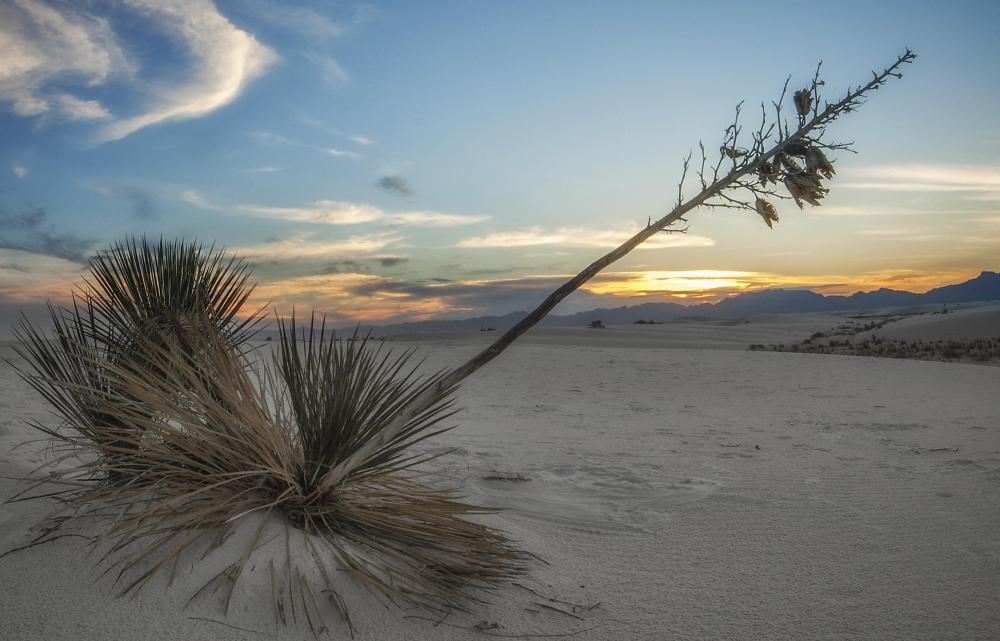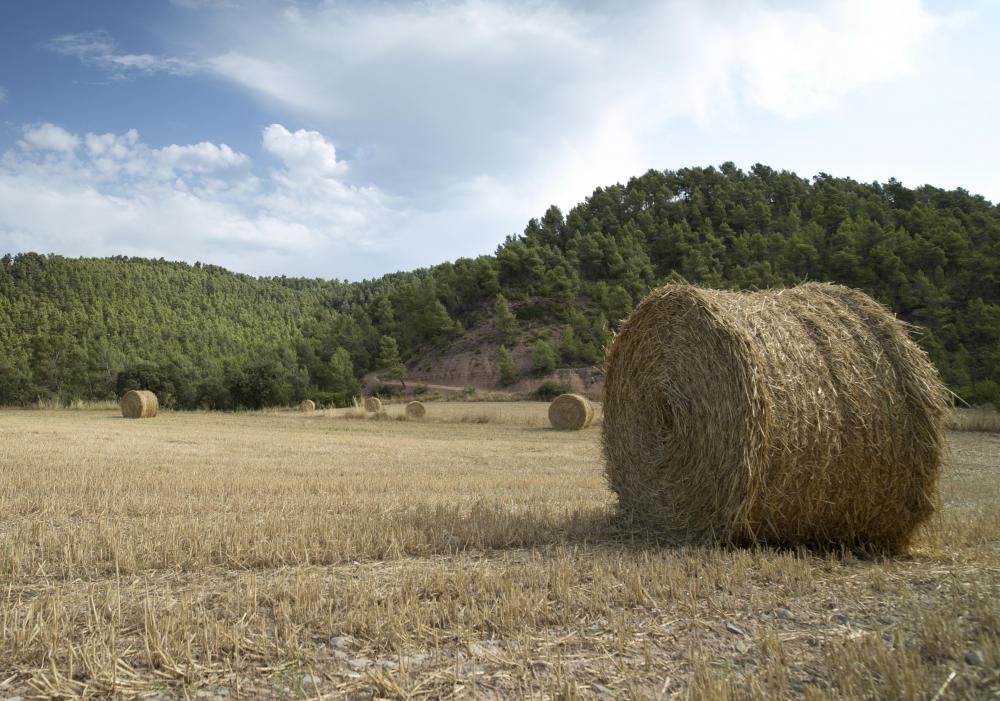What Are the Differences between Primary and Secondary Successions?
Primary and secondary successions are two phases of ecological regrowth. Primary succession refers to the growth of plants and trees in an area where no life exists, which secondary succession is regrowth in an area where some life already exists. The type of plants that begin to populate an area often determine the eventual ecology of that area.
When life begins in an area where it has not been before, it's called primary succession. An area may be devoid of life because of a catastrophic event such as glacial movement, a landslide, or a flood. A geological event such as a newly-formed volcanic island may also provide an opportunity for primary succession.

Secondary succession occurs when an area retains some life, but it has been denuded in some way. A farmer’s field or a housing development may occupy land where forests once stood. Secondary succession ensures that the forest will eventually return if fields lie fallow or a housing development is not kept clear of invading plants and trees.
One difference between primary and secondary successions is the condition of the soil when each process begins. In primary succession, an area scraped raw by a glacier may be bare rock or covered in gravel. Over time, these rocks break down into smaller and smaller pieces, eventually creating soil. The wind brings in both soil and organic material that decomposes to add vital nutrients. In secondary succession, soil is already present, though its composition is largely dependent on the types of plants already inhabiting the area.

These two phases also differ in the types of plants that first appear in their respective processes. In primary succession, only plants that can live without soil are able to inhabit the area. These first plants, usually some form of lichen, are called pioneer species. In secondary succession, soil and some plants are present, making it easier for new plants to take hold.

Time is another difference. Primary succession takes much longer than secondary succession, often centuries or millennia. Secondary succession can be relatively quick. For example, after a forest fire, it may take only a few decades for the forest to return to its prior state.
The progress of primary and secondary successions does not always follow through to a large stand of huge trees. Some end-stage communities, known as climax communities, are small shrubs, grasses, or succulents. Climate and soil conditions may restrict an area to grassland or cactus.
AS FEATURED ON:
AS FEATURED ON:














Discussion Comments
I would like to add on the same note of difference that primitive plants are first occupiers on primary succession but advanced on secondary.
I don't know exactly how long ago the last glacier ice age was, but as these glaciers retreated, there must have been a huge area of land that was raw, with no soil or seeds. I was just thinking of all the time it took for all the area of the United States to undergo primary succession and eventually get to the point that it is today with all the forest areas and grassy valleys and mountains.
At the end of the ice age, our country must have looked barren and not very hospitable. I've got to review my ancient history. I'm not sure when the Native Americans crossed the land bridge and came down to inhabit North America.
Plant life does regenerate itself, but it can take a long time. If an area is stripped bare, like after a volcano eruption, some large areas will take forever to return to the former state. I have seen Mt St. Helen before it erupted and after. So many beautiful trees and plants were destroyed.
But there are areas that are coming back. These secondary succession areas are near enough to
vegetation that wasn't destroyed. So the wind can blow soil and seeds around.
Post your comments